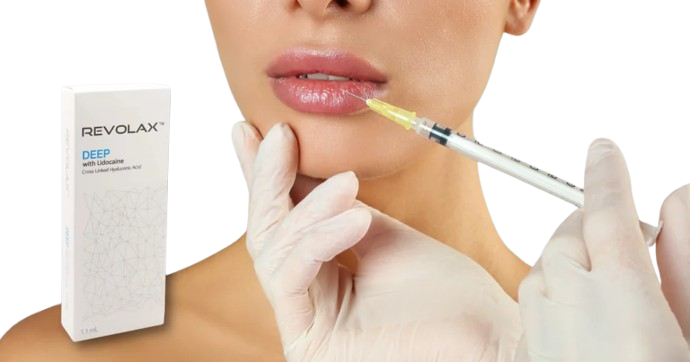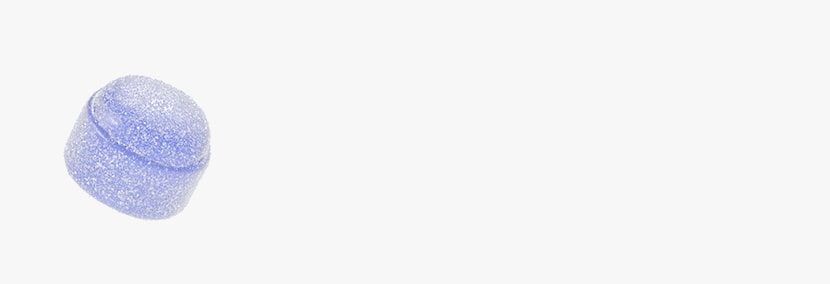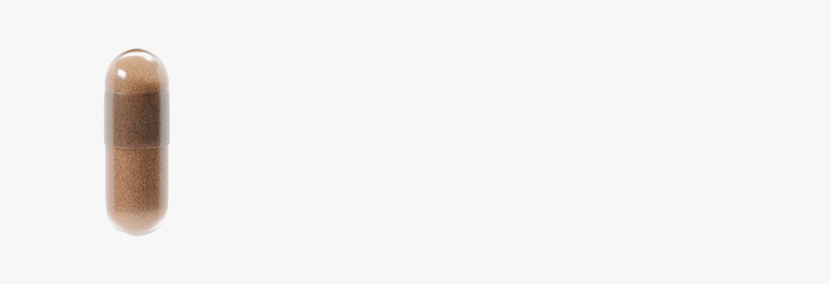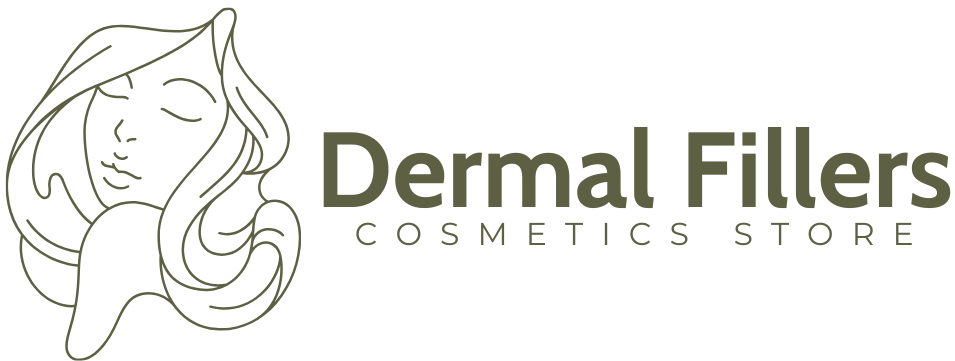Innotox
Innotox Dosage Chart and Injection Spots
Jun 30, 2025
Did you know that the average cosmetic injection needle is finer than a human hair? In aesthetic medicine, precision is everything—and microneedles as small as 0.1 mm in diameter are making that precision possible. With such ultra-thin tools, injectors can deliver treatments with greater accuracy and minimal discomfort, elevating both patient experience and clinical outcomes.
This level of control is especially critical when working with botulinum toxin products like Innotox. With its unique pre-diluted formulation, Innotox demands careful attention to dosing and injection placement to achieve natural, symmetrical results. Whether you’re a seasoned injector fine-tuning your technique or new to this particular product, mastering the proper dosage and injection sites is key.
In this article, we’ll break down the Innotox dosage chart, highlight essential facial injection zones, and share practical tips to help you optimize outcomes—safely, effectively, and confidently.
Key Takeaways
- Innotox is a pre-diluted botulinum toxin with a 1:1 unit equivalence to Botox, making it familiar and easy to adopt for experienced injectors.
- Recommended dosing varies by treatment area, with lower starting doses advised to minimize side effects and fine-tune results.
- Proper injection depth, needle angle, and even spacing are critical to achieving safe, natural-looking outcomes.
- The product’s liquid formulation offers potential benefits, such as smoother diffusion and reduced migration, especially in sensitive areas.
- Advanced techniques, such as hyperdilution and off-label applications, should be reserved for injectors with in-depth anatomical knowledge and clinical experience.
- Avoiding complications like ptosis, asymmetry, or bruising requires a commitment to precision, individualized treatment, and ongoing education.
About: Trusted by over 2,000+ global clients since 2014, Maylips has become a leading supplier of cosmetic, skincare, and orthopedic products for medical and aesthetic professionals. Maylips offers a wide range of authentic brand-name products at competitive wholesale prices, sourced from around the world. If you’re looking to buy Aqualyx online, contact our sales team for guidance.
Recommended Innotox Units by Facial and Neck Area
Innotox reviews often emphasize how precision in dosing directly affects treatment outcomes. While individual variability—including muscle strength, age, and desired results—must always be considered, the following unit ranges serve as a reliable clinical starting point for most patients:


- Forehead (Frontalis): 10–20 units. Inject superficially across the horizontal forehead lines. Ensure even spacing—approximately 1–1.5 cm apart—to prevent patchy results and maintain natural movement.
- Glabella (Frown lines): 15-20 units. Use a classic 5-point injection technique between the brows, targeting the corrugator and procerus muscles. Inject deeply and symmetrically to avoid asymmetry and ptosis.
- Crow’s Feet (Orbicularis oculi): 5-15 units per side. Place 3–4 small injections laterally, staying clear of the zygomatic arch. Superficial injection depth here reduces bruising and ensures a smooth outer eye appearance.
- Masseter Reduction: 15-50 units per side. For patients seeking facial slimming or relief from bruxism, inject deeply into the masseter belly, typically using 2–3 injection points per side.
- Bunny Lines (Nasalis): 5-10 units. These dynamic nasal wrinkles are softened by superficial injections placed on each side of the nose during active expression.
- Chin (Mentalis): 2-6 units. Use a central injection into the mental crease area to relax chin dimpling and soften an overactive mentalis.
- Platysmal Bands (Neck): 10-20 units. Inject along each vertical band using 2–3 units per point, spaced about 1 cm apart, for a smoother and more youthful neck profile.
It’s best practice to begin at the lower end of each dosage range, reassessing response during follow-up visits. Incremental adjustments ensure safer results and reduce the risk of overtreatment.
Injection Technique and Depth for Optimal Results
Administering Innotox correctly requires more than just understanding dosage—it demands precision in depth, angle, and anatomical placement.
Injection Depth


- Use superficial (intradermal or subdermal) injection for fine lines such as crow’s feet, perioral wrinkles, and bunny lines.
- For deeper-acting muscles, such as the glabella, masseter, or mentalis, inject deep intramuscularly to effectively reach the target tissue.
Needle Angle and Placement
- Insert the needle at a 30–45° angle for most intramuscular injections.
- Use a more shallow angle for superficial areas to avoid over-penetration and unintended diffusion.
Spacing and Distribution
- Maintain consistent spacing of 1–1.5 cm between injection points.
- Even distribution prevents product pooling, asymmetry, and uneven muscle relaxation.
Tips for Precision
- Pre-mark injection zones to ensure symmetry and accuracy.
- Ask the patient to animate facial muscles to visualize dynamic zones better.
- Aspirate before injecting in high-risk vascular areas like the glabella or neck to avoid intravascular placement.
Proper technique minimizes side effects such as ptosis, bruising, or unintended muscle paralysis. It also enhances overall patient satisfaction and predictability of outcomes.
Comparing Innotox Dosing to Botox and Other Toxins
For practitioners familiar with Botox, switching to Innotox is relatively seamless. The product is widely considered to follow a 1:1 unit ratio with Botox, meaning no major dosage recalibration is necessary.
| Toxin Brand | Standard Unit Comparison | Dilution Form | Storage |
| Innotox | 1:1 with Botox | Pre-mixed liquid | Room temperature (unopened) |
| Botox | Baseline standard | Lyophilized powder | Refrigerated |
Key Considerations
- Innotox’s pre-diluted formulation offers greater convenience and consistency between treatments.
- Some users report a quicker onset of action compared to other toxins.
- It contains no human serum albumin or animal-derived components, making it suitable for more sensitive or selective patients.
- Thanks to its liquid form, it may demonstrate smoother diffusion and less migration, although clinical technique still plays a critical role in this.
Despite similarities in unit ratios, patient-specific factors—such as previous toxin response, muscle bulk, and aesthetic goals—still require careful dose adjustment.
Advanced Use: Dilution, Maximum Doses, and Off-Label Patterns
Experienced injectors often extend the use of Innotox beyond traditional zones by applying advanced methods such as hyperdilution, high-dose protocols, and off-label techniques.
Hyperdilution Protocols
- Used in “microtox” applications, particularly for treating larger or delicate areas like the cheeks or neck.
- Standard dilution: 1 vial (50 units) mixed with 1–2 mL of saline.
- Benefits include more even diffusion and improved skin texture refinement when used superficially.
Maximum Doses per Session
- Most guidelines suggest a maximum of 300–400 units per session, depending on the number of treated areas and patient tolerance.
- Monitor cumulative dosing over time to prevent antibody formation or reduced product effectiveness.
Off-Label Applications
- Under-eye lines: 1–2 units per side (superficial)
- Lip flip: 2–4 units injected along the upper vermillion border
- Nasal tip lift: 2 units into the depressor septi nasi
- Gummy smile: 2–4 units targeting the levator labii superioris alaeque nasi
These techniques should only be performed by professionals with advanced training in facial anatomy and toxin behavior, as the risks of diffusion to unintended muscles or facial imbalance are higher.
Conclusion
Innotox is a versatile, pre-diluted botulinum toxin designed to simplify aesthetic treatments while maintaining precision and predictable outcomes. With its 1:1 unit equivalence to Botox, practitioners familiar with traditional toxins can adopt Innotox with minimal adjustments. Its liquid formulation enhances injection consistency and may reduce migration, making it a reliable option for both routine and advanced cosmetic procedures.
Achieving optimal results still depends on accurate dosing, proper injection technique, and a solid grasp of facial anatomy. Starting with conservative unit amounts allows for better control and minimizes the risk of overcorrection. Adapting treatment to individual muscle strength, response, and aesthetic goals ensures more natural, symmetrical results that align with patient expectations.
To avoid complications such as ptosis, bruising, or asymmetry, injectors must prioritize patient evaluation, safety protocols, and ongoing clinical education. More advanced or off-label uses of Innotox require elevated skill and anatomical understanding. With the right approach, Innotox continues to deliver safe, effective, and high-satisfaction outcomes across a wide range of facial and neck applications.
FAQs
1. Is Innotox dosage the same as Botox?
Yes, Innotox is generally used at a 1:1 ratio compared to Botox units in clinical settings.
2. Do I need to reconstitute Innotox?
No. Innotox comes in a ready-to-use liquid form, eliminating the need for manual dilution or mixing.
3. How long does Innotox last?
Results typically last 3–6 months, depending on the treatment area and the patient’s metabolic rate.
4. Can Innotox be stored after opening?
It should be used immediately after opening. Unopened vials can be stored at room temperature as indicated.
5. What needle size is best for injecting Innotox?
Commonly used needle sizes range from 30G to 32G, depending on the treatment area and the desired injection depth.
6. What is the maximum safe dose per session?
Up to 300–400 units may be used per session, but this varies based on patient needs and anatomical zones.
7. Can Innotox be used for body treatments?
Yes, off-label uses include axillary hyperhidrosis and body contouring applications, but only under the supervision of an experienced practitioner.
Talk with our sales representative.
Book a Meeting
References
Hamed R, Nahia BJA, Alkilani AZ, Al-Adhami Y, Obaidat R. Recent advances in Microneedling-Assisted cosmetic applications. Cosmetics. 2024;11(2):51. doi:10.3390/cosmetics11020051
Kim JE, Song EJ, Choi GS, Lew BL, Sim WY, Kang H. The efficacy and safety of Liquid-Type botulinum toxin Type A for the management of moderate to severe glabellar frown lines. Plastic & Reconstructive Surgery. 2015;135(3):732-741. doi:10.1097/prs.0000000000001032
Microneedles may be more effective in drug delivery and less painful. Medical News Bulletin. Published July 9, 2018. https://medicalnewsbulletin.com/microneedles-more-effective-drug-delivery-less-painful/
Frevert J, Ahn KY, Park MY, Sunga O. Comparison of botulinum neurotoxin type A formulations in Asia. Taylor & Francis. Published online July 5, 2018. https://www.tandfonline.com/doi/full/10.2147/CCID.S160723





